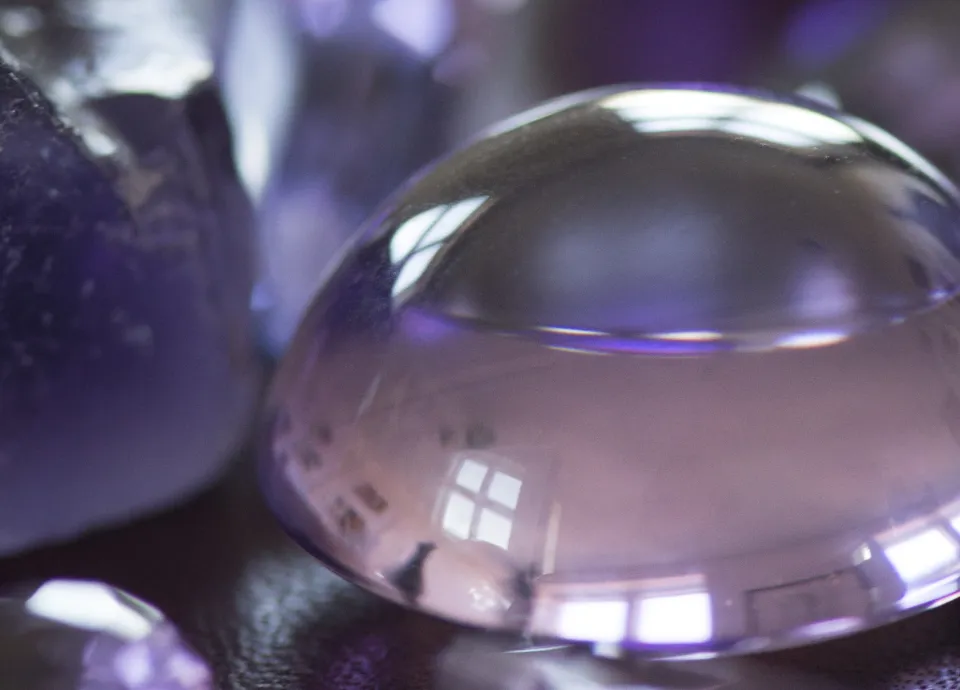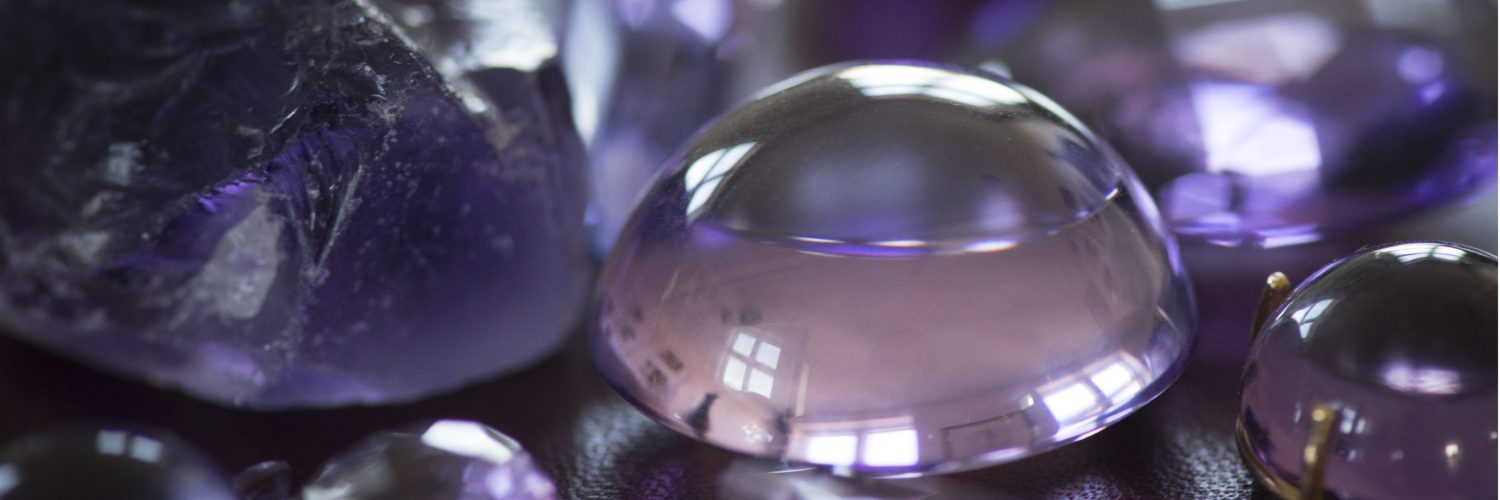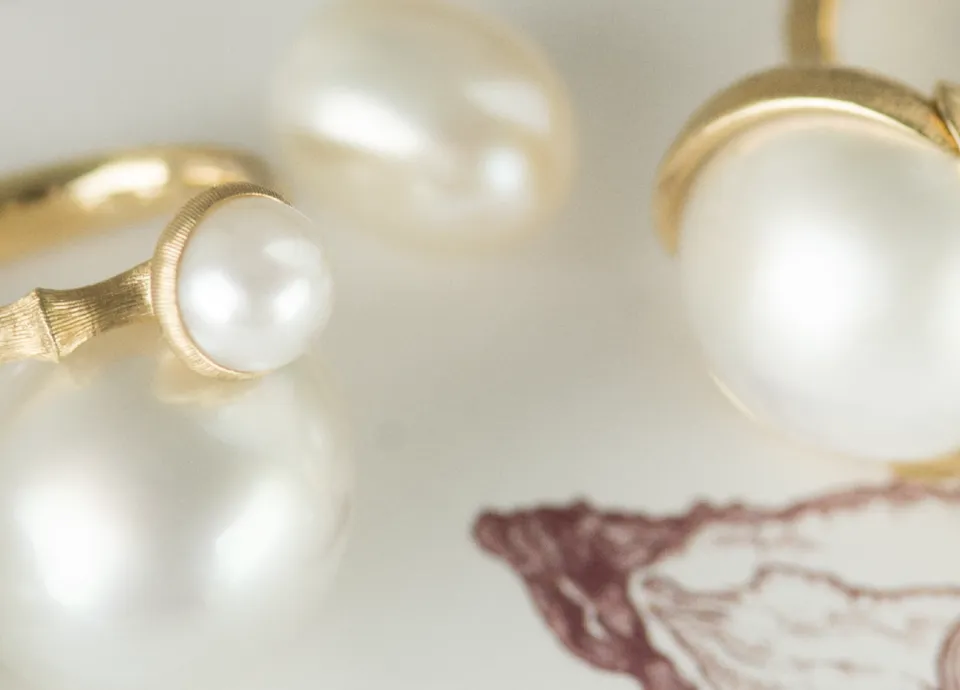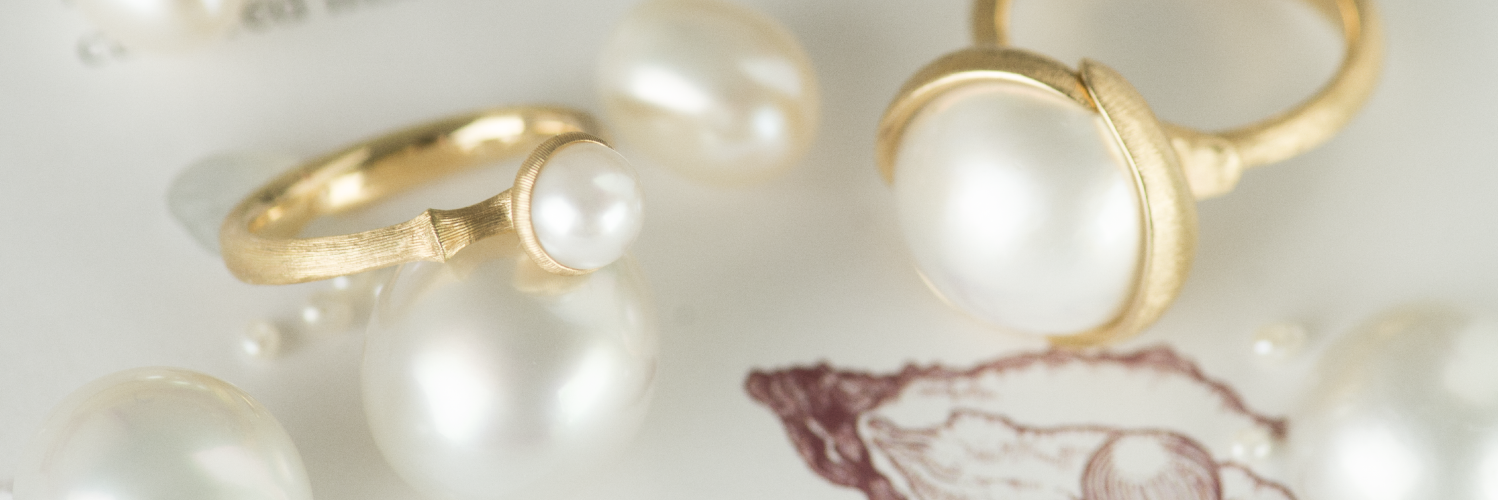Discover
THE WONDER OF GEMSTONES
Aquamarine
Tourmalines
Rutile Quartz
SMOKY QUARTZ
ONYX


Amethyst
Amethyst belongs to the quartz family. Since Ancient Greece, the delicate hues varying from pinkish lavender to deep purple has made amethyst a treasured gemstone. Today, the most exclusive colour is medium purple with red secondary hues. Amethyst is said to provide the wearer with balance, calm, patience, and peace. It was once considered more precious than diamonds. Amethyst is sourced from South America.
Moonstones
ROSE QUARTZ
Blue Topaz
TURQUOISE
MALACHITE
SERPENTINE
Amber
CORAL
ETHIOPEAN OPAL
(BELOW CARE GUIDELINES APPLY TO ALL OPALS)
Opals consist of approximately 20% water. The material in the opal is hydrophane, meaning that it can absorb water or any liquid. Our opals are 100% natural and not treated with oil or coated with epoxy.
Opals are likely to change when exposed to different climates, humidity, heat, liquids, and water. We do not recommend exposing them to, beauty products, perfume, excessive heat, or any type of chemicals, including hand soap and detergents.
If an opal is exposed to clean water, its color and transparency will temporarily alter, becoming either glass-clear, brown, or yellow. Allow the opal to dry naturally; do not attempt to speed up the process by exposing the opal to warm light or high temperatures. With in a day, the opal will return to its natural beauty.
The hardness of Ethiopian opals varies with their composition and formation conditions. Opal's hardness typically ranges from 5 to 6.5 on the Mohs Scale making it a soft stone.
Clean the opal gently with a soft, damp cloth or toothbrush to remove any dirt or debris. Avoid using any chemicals, soap, detergents, or abrasive materials that could scratch or damage the surface of the opal. Do not use ultrasonic or cleaning by steam.


Pearls
Pearls are some of the most coveted gems in the history of the world. Pearls come in a wide variety of shapes and sizes and are produced under very different conditions. OLE LYNGGAARD COPENHAGEN embellishes fine jewellery with several different types of pearls.
South Sea Pearls
South Sea pearls are some of the world’s largest pearls compared to other types of pearl. They are cultured using the Pinctada Maxima oyster, whose natural habitat are the waters of the South Sea. The Pinctada Maxima oyster is of a size considerably bigger than other mollusc family members. This also allows the pearls to grow larger. The growth period is substantially longer for South Sea Pearls compared to smaller pearls. Typically, a minimum of two years is required to obtain the desired pearl size, but some pearls may take as long as four years to cultivate. South Sea Pearls are sourced from Australia.
Mabe Pearls
The term Mabe is pronounced mar-bay and derives from the Japanese ‘mabe-gai’, the word describing the Pteria Penguin oyster, which is often used to produce mabes. A Mabe pearl is a cultured blister pearl, usually quite large in size, varying from 12 to 20 millimetres in diameter. The pearl is produced by attaching a tiny hemispherical nucleus to the inside wall of a mollusc. The growing process takes from six months to two years, much depending on where and in which oyster the pearl is cultivated. Once complete, the half pearls are cut from the oyster shell with a diamond-tipped saw, and the nucleus of the pearl is removed. The inside of the pearl is scraped to remove organic stain before filling the empty shell with resin made of crushed pearl. Finally, a round disc is cut from the remains of the nurturing mollusc and glued to the back of the pearl to complete the nacre exterior.
The Pteria Penguin oyster creates iridescent hemispherical pearls in tones of pale pink, blue, and green. Mabes that are cultivated inside the Pinctada Maxima oyster usually used for South Sea pearls (see the paragraph above) – are white or silver, but they also exist in golden hues.´
Freshwater Pearls
Freshwater pearls are grown in freshwaters – in lakes, rivers, and ponds – primarily in China. Freshwater pearls are naturally smaller in size, why several nucleuses can be implanted in a single pearl farm oyster at a time – in this manner producing more than two dozen pearls. Waiting for freshwater pearls takes patience, as the process is slow to develop. It takes 2-7 years for the pearls to form and be ready to be harvested. Freshwater pearls come in a large palette of pastel colours, sizes, and shapes. Most often they are charmingly irregular. Perfectly round freshwater pearls are rare. Pearls should not be exposed to oils, lotions, perfumes, etc. Frequent exposure to sunlight or heat will also put the pearl at risk of losing its natural shine. Freshwater pearls are sourced from Asia.